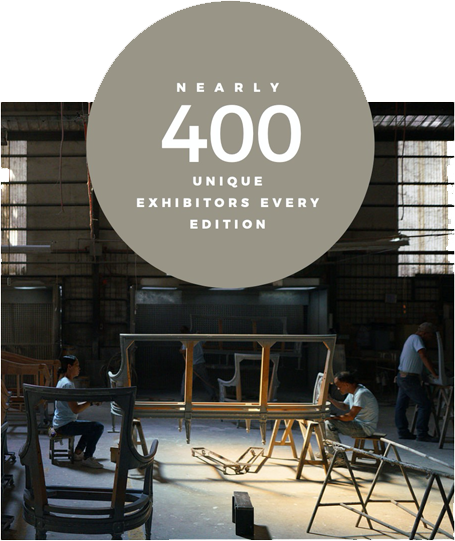
FYI: There is a New Law to Aid in the Growth of Design, Fashion, and Other Creative Industries in the Philippines
Principally authored by Representative Christopher “Toff” De Venecia from Pangasinan’s Fourth District, RA 11904, also known as the Philippine Creative Industries Development Act, lapsed into law on July 26, 2022.
Under the new law, the State is mandated to promote and support the development of the country’s creative industries as well as to protect and strengthen the rights of practitioners in the industry. Among the sectors (officially called “domains”) covered by the bill are Audio-visual Media, Digital Interactive Media, Creative Services, Design, Publishing and Printed Media, Performing Arts, Visual Arts, Traditional Cultural Expressions, and Cultural Sites.

How It Started
As a writer, producer, director, and long-time advocate of the arts, Rep. De Venecia has first-hand experience of the daily challenges faced by the nation’s artists and creatives. “I know what it’s like to be a creative in a country that doesn’t seem to value or give you that much support,” reveals the chairman of the House Special Committee on Creative Industry and Performing Arts, on the reason why he campaigned passionately for the bill.
“I know what it’s like to be a creative in a country that doesn’t seem to value or give you that much support.”
The seeming lack of support was compounded by the Covid-19 pandemic. De Venecia laments that it exposed the “vulnerability of the sector when it was tagged as non-essential. Its critical mass, composed of freelancers, also experienced economic hardship as they operate on a no work, no pay modality.”
While he involved himself in several fundraising activities to help support displaced or out-of-work creatives in their time of need, De Venecia realized that the industry needed long-term solutions and institutional reforms to not only survive but thrive and achieve its full potential.

Where It’s At
RA 11904 is a major step in this direction, as it finally provides a legal definition for the creative industries, adopting the United Nations Conference on Trade and Development (UNCTAD) model. Since 2004, UNCTAD has helped shape the global understanding of the creative economy, elevating the sector as a proponent of national development by focusing on trade in creative goods and services.
“Creativity will finally have a seat at the policy table. The PCIDC is tasked, among others, to come up with a development plan for the sector in the short-, medium-, and long-term in partnership with private sector organizations”
Under the bill, a new government agency, the Philippine Creative Industries Development Council (PCIDC), will be created. Attached to the Department of Trade and Industry, the PCIDC will be composed of government and private sector representatives.
“Creativity will finally have a seat at the policy table,” says De Venecia. “The PCIDC is tasked, among others, to come up with a development plan for the sector in the short-, medium-, and long-term in partnership with private sector organizations along clear KPIs: jobs, revenue generation, GDP contribution, value creation, market development, export and generation of Filipino intellectual property.”
“There will be a whole of value chain intervention for identified sectors to address pain points and allow them to grow and scale sustainably.”
According to De Venecia, the policies outlined in RA 11904 are geared towards empowering Creative MSMEs, entrepreneurs, and creators and owners of intellectual property, including indigenous cultural communities. Protection and welfare shall be pursued in its partner legislation, the Freelance Workers Protection Bill.
Another expected benefit of the new law is that “there will be a whole of value chain intervention for identified sectors to address pain points and allow them to grow and scale sustainably,” says De Venecia.

How It’s Going
As creativity becomes a cornerstone of the Philippine economic agenda post-pandemic, the bill’s aim, which is to make the country the top creative economy in the ASEAN region by 2030, is inching closer to becoming reality.
Still, De Venecia warns that RA 11904 is not a “silver bullet.” Instead, the Philippine Creative Industries Development Act should be viewed as “a foundational piece of legislation upon which to build and propose more legislation.” The law shall be revisited in 2027 to see what amendments are needed given its performance and to enable it to hit its KPIs.
“To reach our 2030 goal would be a legitimization of what we’ve known all along: That the Filipino’s creativity is unparalleled and top-notch.”
With so much at stake, De Venecia knows that a lot still needs to be done. “A development plan needs to be crafted. With limited resources, we need to identify priorities and find alternative sources of financing through public-private partnerships and inter-country cooperation.
We need a whole-of-society approach to developing the sector to help us reach our 2030 goal. To reach it would be a legitimization of what we’ve known all along: That the Filipino’s creativity is unparalleled and top-notch. And soon, the world will know too.”









